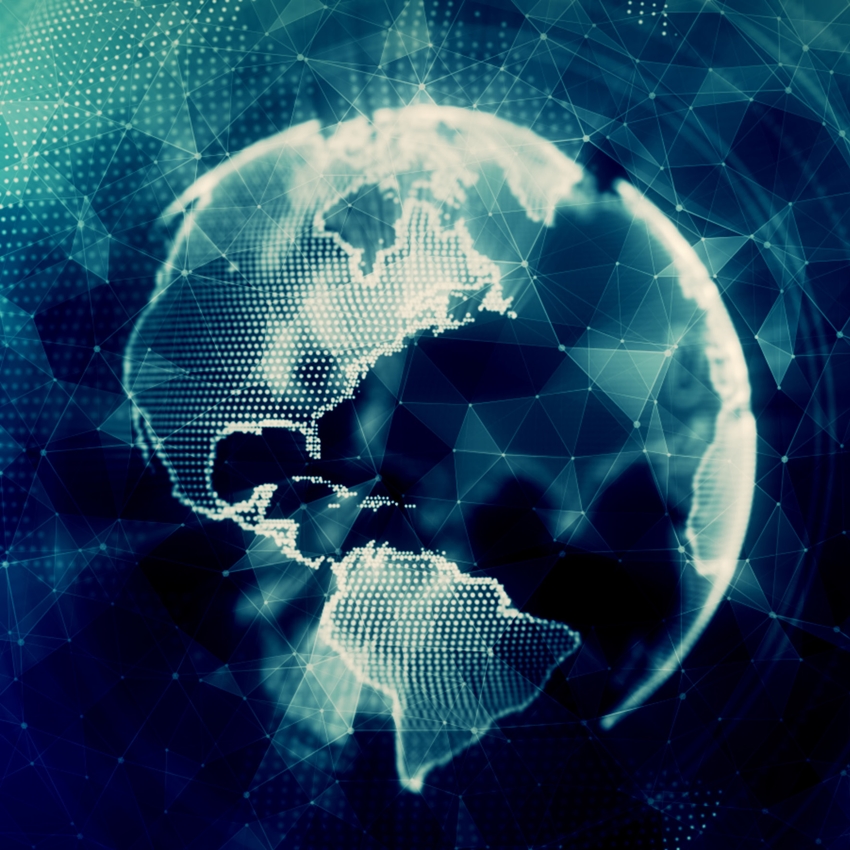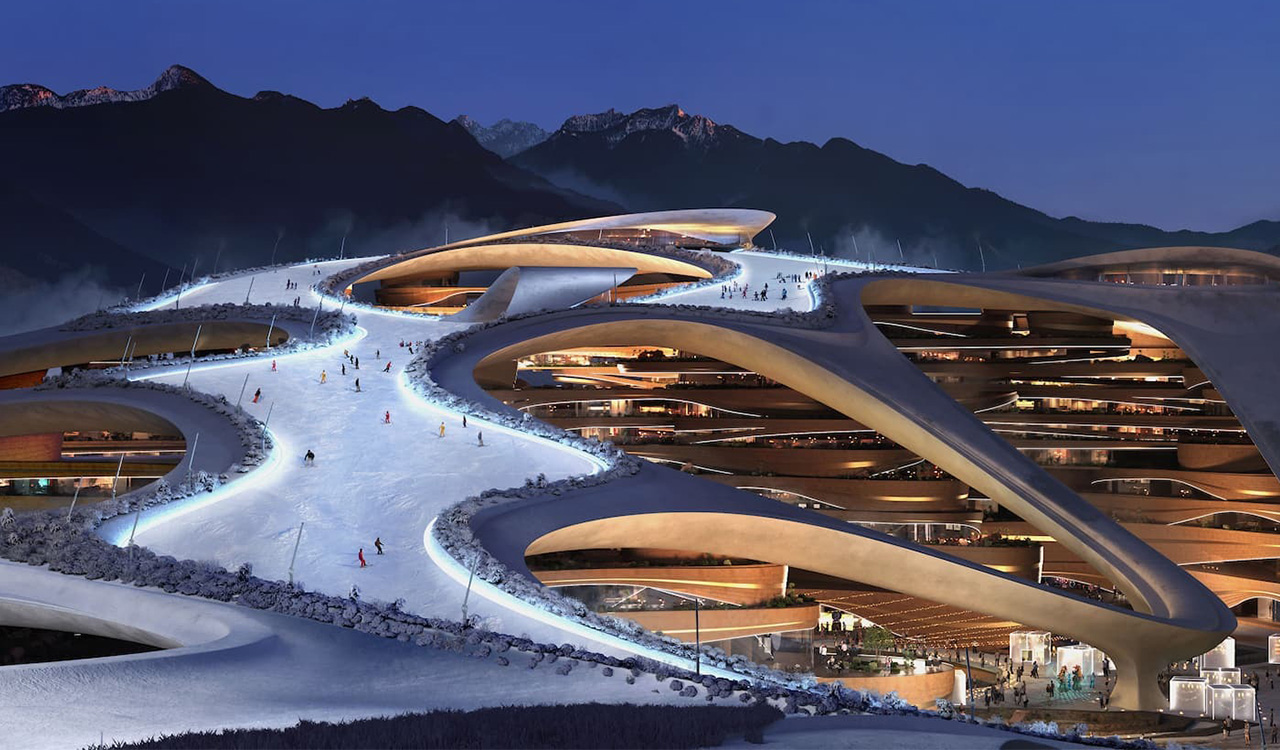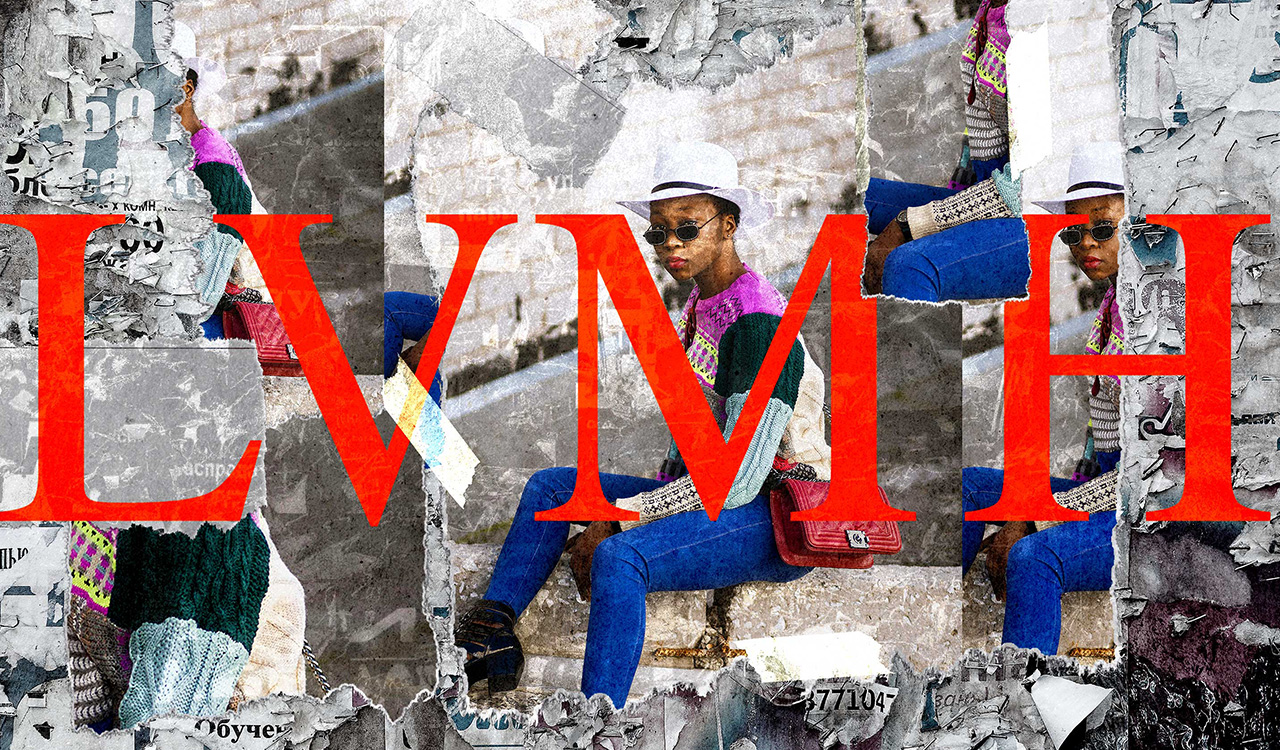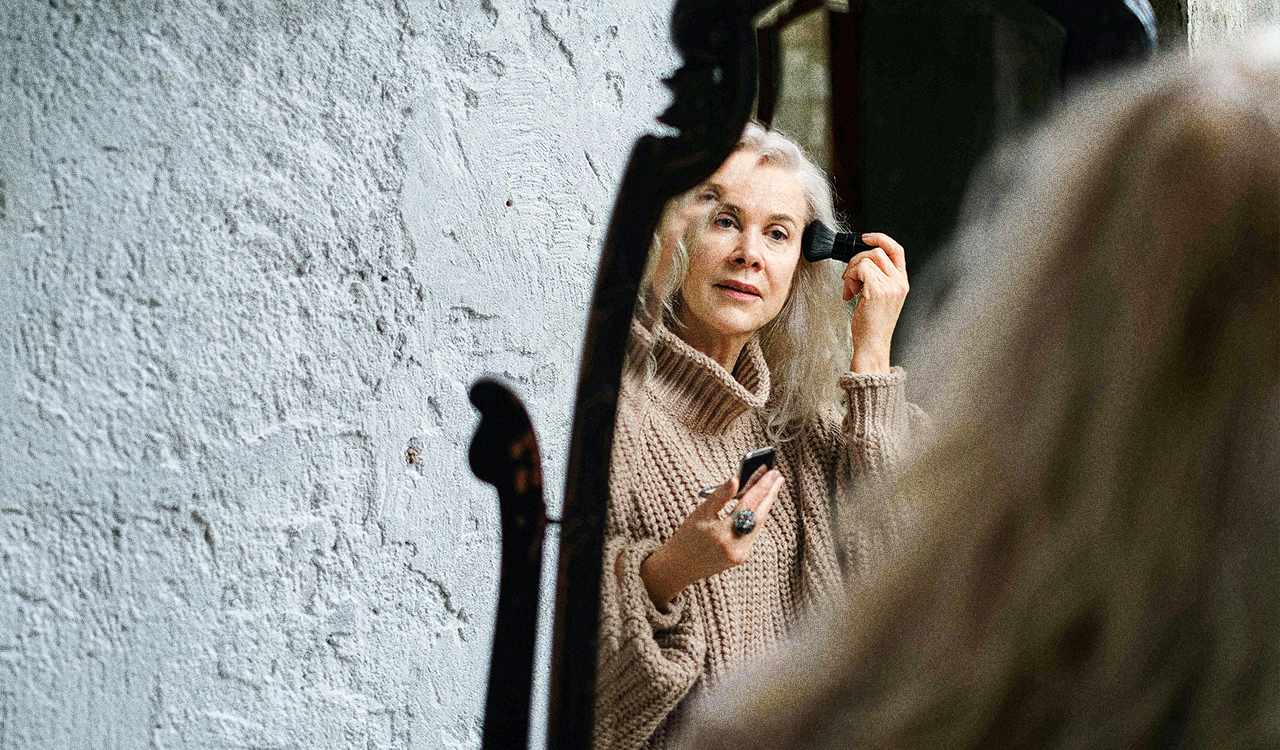The retail industry has been a major beneficiary of the waves of globalization iterations in recent decades. We have optimized our supply chains, barely raised prices in years, and consumers have rewarded retailers by buying far more than they need, sometimes shedding goods in a Marie Kondo inspired purge, only to go out and buy more and more stuff. Until now.
Early in the pandemic, consumers experienced a shift in the staples system as our Costco, normally dense with Lysol Wipes or buffeted by mountains of toilet paper packs, became rationing stations. As the initial supply disruptions faded, things seemingly returned to normal. Now the delayed effects of our fragile supply chains can’t be ignored. Shortages are the new normal as the globalization punchbowl has been emptied. This shift was well underway before the decoupling of Russia from most Western economies. The resulting knock-on increases in energy costs have hit every country. What is less obvious is what comes next.
If resilience is our North Star, we should start there, considering the increasing power of workers, erratic climatic issues, and future global friction to build an adaptive model that will sustain our business as we move into a transformed future: Globalization 2.0.
A New Way of Thinking
U.S. Trade Representative Katherine Tai spoke at the 2022 Milken Institute 2022 Global Conference. In the interview with Marketplace host Kai Ryssdal Tai described the waning globalization system saying, “Globalization 1.0 was built on the notion that trade liberalization leads to the promised land. And where we find ourselves is not the promised land today in 2022 but rather in a state of feeling a global fragility. We have globalization 1.0, which is built on catering to a human element that we have only conceptualized as the consumer. So, a lot of the arguments around the benefits of trade are that you’re going to have low prices and lots of variety at the marketplace. There’s a luxury to that; it is something that we’ve enjoyed for a long time.” Ryssdal challenged, “The idea that low prices are a luxury? I would submit that the American consumer, certainly, thinks it’s their right. ‘I’ve always had low prices. And now we’re going to change that? What are you going give me in return?’” Tai responded, “I’m going give you a new sense of security and confidence.” She continued describing an updated 2.0 structure: “With globalization 2.0 comes a new way of thinking. People are not just consumers; they are also workers. They’re earning money in a global marketplace where globalization 1.0 has really eroded opportunities and wages for average Americans. Going forward, as we devise our trade policies, we’re going to be thinking about the human component. It’s the worker-centered trade policies that we’re going to be thinking about.”
Resilience
Two luxuries benefiting the retail industry in the 1.0 version of globalization were profits (rather than people-centered trade policies) and viewing people solely as consumers. Progress and circumstances compel us to transform both these perspectives: How should we respond? Tai suggests we focus on resilience saying, “In the new version of globalization, our firms and governments need to be focused on decision-making and behaviors that are not just focused on efficiency and chasing the lowest cost. But rather that we’re all incentivized to reward and build resilience. And what does resilience mean? Resilience means more choices, more options, less vulnerability, and ultimately being better prepared because you don’t know where that next crisis is going to come from.”
The Futures Triangle
Retail benefitted handsomely from Globalization 1.0 and 2019 feels like a long time ago. We modeled our businesses on well-oiled supply chains, but as the chains snapped those dependencies have morphed into vulnerabilities. Tai’s reasoning and approach appear sound, but resilience is complicated and the horizon between now and a more resilient Globalization 2.0 is crowded by a jumble of competing stakeholders. A futures tool helps visualize this conundrum.
The Futures Triangle represents friction triggered by three factors: the weight of the past holding progress back against the push of the present creating momentum plus the aspirational pull of the future.
Here’s how we can apply this tool to the retail environment:
- The Weight of History represents the globalization heyday that retail enjoyed before the pandemic. Stakeholders include people who buy things, retailers, suppliers, and support systems, all nostalgic for an era which is eroding. These stakeholders will encourage our industry to wait for the recovery when things go back to They cling to the past and hold onto legacy models denying that the world is changing around them.
- The Push of the Present includes supply chain disruptions, Covid-related work stoppages, global conflicts, inflation, employment fluidity and next gens demanding social and climate justice. These are forces that can’t be ignored and are shaping the future.
- The Pull of the Future includes worker-centric trade policy; managing redundant supply chains and decreased inventories; producing higher quality, more durable goods with higher prices; meeting demands from informed consumers; and a new era of environmentally enlightened business activities.
- The Plausible Futures in the center of the triangle is the likely result for retail, a blend of the competing forces. In futures strategic thinking we call this the messy middle where existing stakeholders battle for their priorities. This is where we need inspired leaders to break through the noise and reframe company activities toward the goal of resilience.
Rose-Colored Glasses Are in Short Supply
The interview with the Tai represents the administration’s messaging on the changing nature of globalization, but reality is trending differently. In his most recent letter to shareholders, Chairman of BlackRock, Larry Fink, referred to the founding of the investment management firm 34 years ago, “We saw the rise of globalization and growth of the capital markets fueling a need for the kind of technology-driven asset management that we believed we could bring to our clients. We believed the world would come closer together. And we saw that happen. But the Russian invasion of Ukraine has put an end to the globalization we have experienced over the last three decades. We had already seen connectivity between nations, companies, and even people strained by two years of the pandemic. Russia’s aggression in Ukraine and its subsequent decoupling from the global economy is going to prompt companies and governments worldwide to reevaluate their dependencies and reanalyze their manufacturing and assembly footprints — something that Covid had already spurred many to start doing.”
In a New York Times editorial, commentator David Brooks adds nuance to the economic dimension, “Something bigger is happening today that is different from the great power struggles of the past, that is different from the Cold War. This is not just a political or economic conflict. It’s a conflict about politics, economics, culture, status, psychology, morality, and religion all at once. More specifically, it’s a rejection of Western ways of doing things by hundreds of millions of people along a wide array of fronts.”
Restoring Security and Confidence
Circumstances are forcing all sectors of the economy to adapt as the notion of returning to normal grows increasingly absurd. Retail is no exception. This is a complicated moment. The only thing that seems certain is change. If resilience is our North Star, we should start there, considering the increasing power of workers, erratic climatic issues, and future global friction to build an adaptive model that will sustain our business as we move into a transformed future: Globalization 2.0.




